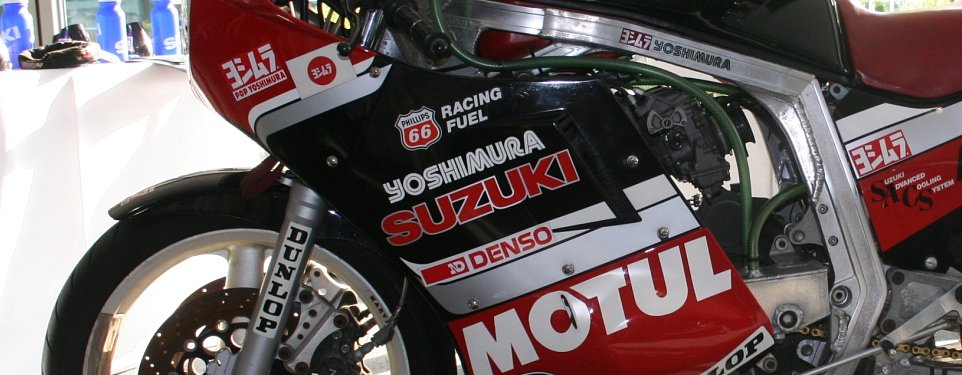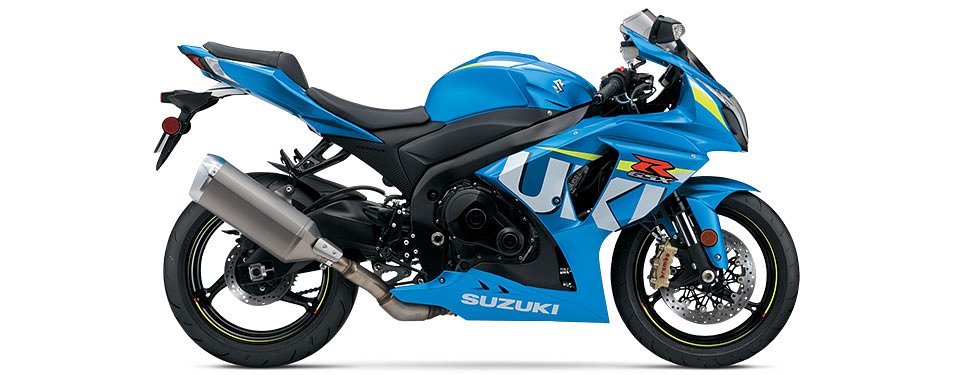Sometimes engineers are a little less stuffy than the folks in long white coats that we imagine.
Suzuki released a video a few days ago that chronicles the development of the GSX-R750. There are two reasons you should watch it: First, it's incredible hearing Suzuki factory engineers talking about the very real problems they faced when souping up the mill that was to power the original Gixxer. Second, the voiceover guy is so dramatic that you can't help hanging on every word. (Seriously, he's ridiculous.)
This is a video of old bike guys — who happen to be engineers — talking about their speed secrets. I typically think of race-rep bikes as being cutting edge. Nothing stops the inexorable force of technology as time marches on. However, some of the original Gixxer project engineers are still working for Suzuki today. It goes to show that successful bikes really are built with a combination of fresh ideas and measured judgment gained by real-world experience. There's a section of the video where one of the guys talks about still riding his 1986 model, because he knows the bike inside and out. That's incredible to me.
Another cool part was the discussion of the Gixxer's twin-spar frame. Suzuki knew a twin-spar was the secret to chassis stiffness, but it took them 10 years to get the engine to allow a twin-spar frame to be used. Talk about tenacity.
I think the thing I liked best, though, was their fanaticism about saving weight. The project leader, Etsuo Yokouchi, had the engineers break apart a 1983 GX750E. He took a page straight out of Colin Chapman's playbook. ("Make it lighter and make it lighter still, and when it breaks, keep making it lighter.") All parts were coded red or blue. Red parts failed or wore out. Blue parts had not. Suzuki engineers found that they were doing a great job building durable bikes, but bikes that are durable can often be guilty of being heavier than necessary. The engineers went back to the drawing board, and it paid off. For instance, they put the frame on a diet and got it down to less than 18 pounds — a reduction of more than 50 percent from its predecessor.
Instead of listening to me jaw about it more, waste 11 minutes of time at your job like I did and just watch it. Come on, Suzuki, let's see Part Two!







